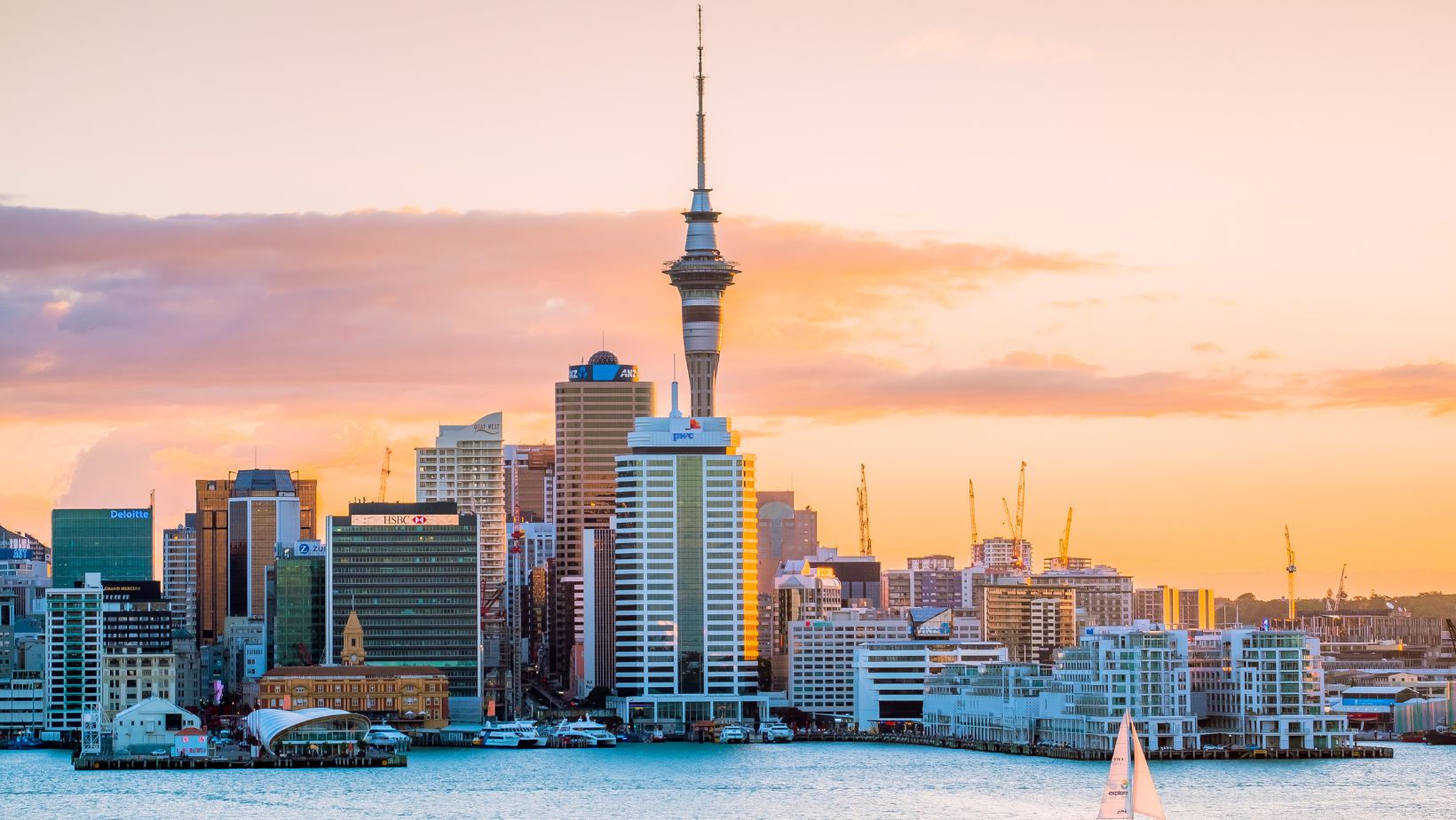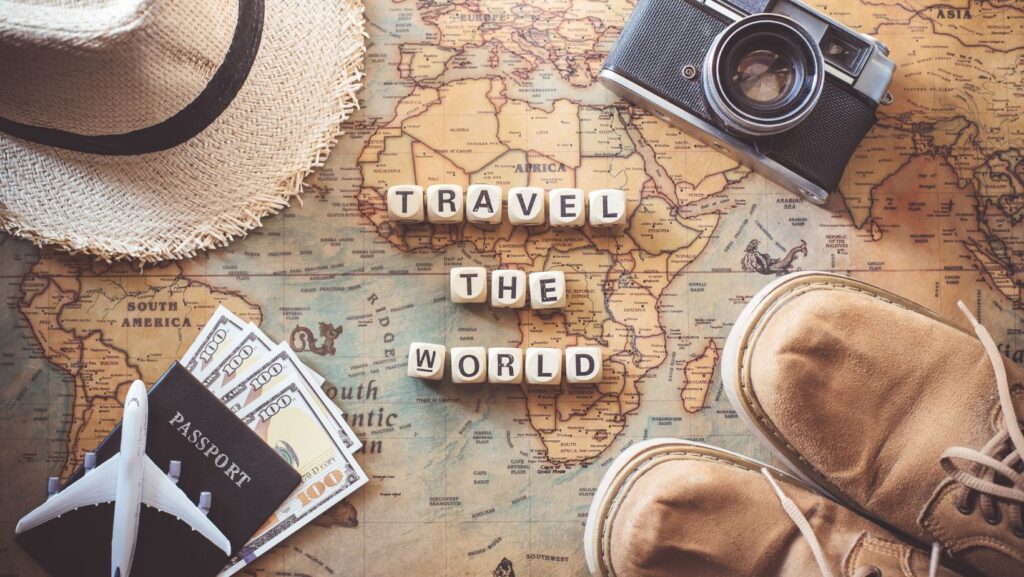New Zealand Travel Tips
New Zealand, wrapped in its vibrant culture and breathtaking landscapes, offers a distinct experience across its diverse weather seasons. Its eclectic mixture of activities and experiences differs substantially depending on the time of year. New Zealand splits the year into four traditional weather seasons, namely: Summer (December to February), Autumn (March to May), Winter (June to August), and Spring (September to November).  Its geographical location in the Southern Hemisphere means the seasons occur in an inverse relationship to the northern hemisphere. Summer brings sunny, warm conditions ideal for beach activities and forest hikes, while Winter attracts snow sport enthusiasts with its snow-capped southern alps. Though Autumn and Spring might bring fluctuating weather patterns, they paint the country in striking tones of browns and bursts of blooming colors, providing breathtaking photography opportunities.
Its geographical location in the Southern Hemisphere means the seasons occur in an inverse relationship to the northern hemisphere. Summer brings sunny, warm conditions ideal for beach activities and forest hikes, while Winter attracts snow sport enthusiasts with its snow-capped southern alps. Though Autumn and Spring might bring fluctuating weather patterns, they paint the country in striking tones of browns and bursts of blooming colors, providing breathtaking photography opportunities.
Tourist seasons in New Zealand break down into peak (Summer), shoulder (Autumn and Spring), and off-peak (Winter) seasons. As you’d expect, peak season sees a surge in visitors, with prices on flights and accommodations soaring high due to demand. Warm weather makes outdoor activities popular during this period. Conversely, the off-peak winter season sees fewer tourists due to colder conditions. Shoulder seasons offer a middle ground with moderate weather and fewer crowds. Choosing the appropriate season to visit hinges on your central interests and tolerance for crowd levels.
Top Destinations and Attractions in New Zealand
The diverse landscapes and vibrant cities of New Zealand make it a bucket list destination. This section unveils the must-visit cities and unrivaled natural wonders of this magnificent island nation. Among the numerous breathtaking destinations in the country, several cities stand out because of their unique offerings.  Auckland, the largest city, houses the iconic Sky Tower and enthralls visitors with its lively Polynesian culture. Wellington, the capital city, flaunts a thriving art scene with numerous galleries and theatres. Queenstown anchors the adventure-loving explorers with adrenaline-pumping activities like bungee jumping and jet boating. Rotorua, distinct for its geothermal wonders, provides rare experiences of Maori culture and hot spring bathing.
Auckland, the largest city, houses the iconic Sky Tower and enthralls visitors with its lively Polynesian culture. Wellington, the capital city, flaunts a thriving art scene with numerous galleries and theatres. Queenstown anchors the adventure-loving explorers with adrenaline-pumping activities like bungee jumping and jet boating. Rotorua, distinct for its geothermal wonders, provides rare experiences of Maori culture and hot spring bathing.
New Zealand’s natural beauty ranks among the finest worldwide. It boasts the awe-inspiring Milford Sound in Fiordland National Park, an area renowned for its majestic fjords, thunderous waterfalls, and unique wildlife. Also noteworthy is Abel Tasman National Park, a paradise for hikers and water sport enthusiasts. Aoraki/Mount Cook, New Zealand’s highest peak, attracts mountain climbers and stargazers alike. And, it’s impossible to overlook the stunning Waitomo Glowworm Caves, which create otherworldly experiences beneath the earth’s surface.
Essential New Zealand Travel Tips
Following the tour of New Zealand’s scenic cities and natural wonders, the article delves into the key travel tips. In this section, attention is given to two crucial aspects of any travel planning – visa and customs requirements, and information on the country’s currency and payment practices.
Travelers often grapple with visa and customs requirements. New Zealand implements strict biosecurity laws intended to protect its diverse and unique nature. Declare all food, plant materials, and animal products on arrival, as non-declaration carries heavy fines. Quarantine officers have the power to inspect anything they deem fit.
Visa requirements vary based on nationality, the purpose of visit, and length of stay. For instance, citizens of countries under the visa waiver agreement can stay for up to three months without a visa. However, visitors from non-visa-waiver countries require a Visitor Visa, which permits stay up to nine months in an eighteen-month period.
In New Zealand, the official currency is the New Zealand Dollar (NZD). Most shops, restaurants, and attractions accept major credit cards. However, having some cash is useful, especially in remote areas. Don’t rely solely on ATMs, as they’re not available everywhere. Most places quote prices inclusive of taxes, eliminating hidden costs. Tipping, while appreciated, is not a common practice except for excellent service.
Moreover, it’s worth noting that prices often increase during peak tourist seasons due to high demand. Budgeting for such price variations can enhance the overall travel experience. Always plan ahead, stay informed, and manage expectations to enjoy a hassle-free trip to New Zealand.

